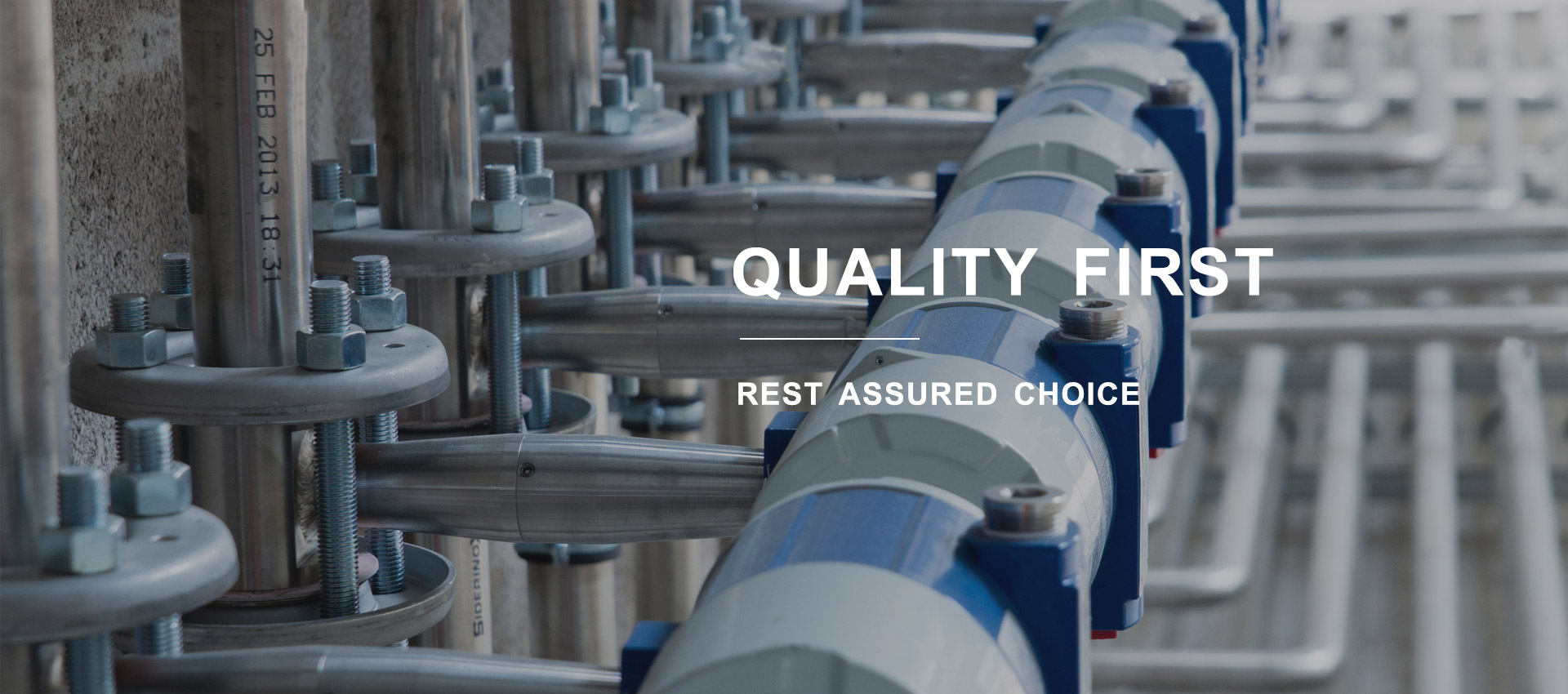Dec . 02, 2024 04:46 Back to list
M16 Flat Washer Specifications and Applications for Various Projects and Industries
Understanding the M16 Flat Washer A Key Component in Engineering and Construction
When it comes to mechanical engineering and construction, sometimes the smallest components make the biggest difference. The M16 flat washer is one such component that plays a crucial role in ensuring the reliability and performance of various assemblies. Often overlooked, flat washers are essential in distributing loads across a surface, preventing damage to the materials they connect, and facilitating easier assembly and disassembly.
What is an M16 Flat Washer?
An M16 flat washer is a circular disk made of metal or plastic with an inner diameter that accommodates a bolt or screw of 16 mm in diameter. The outer diameter can vary depending on specific requirements, but it typically ranges from 30 mm to 50 mm. Flat washers are designed to be flat and have a smooth surface on both sides, allowing for a more uniform bearing surface.
The choice of material is paramount when selecting an M16 flat washer. Common materials include stainless steel, carbon steel, and various alloys, each offering different benefits regarding corrosion resistance, strength, and cost. For instance, stainless steel washers are ideal for applications in marine environments or where exposure to moisture is frequent, while carbon steel washers are often employed in general construction and mechanical applications.
The Function and Importance of Flat Washers
The primary function of an M16 flat washer is to distribute the load or weight of a fastener. When a bolt is tightened, a significant force is exerted on the connected materials. Without a washer, this force is concentrated on a small area under the bolt head or nut, potentially leading to material deformation, cracking, or breakage. By using an M16 flat washer, the load is spread out over a larger surface area, minimizing the risk of damage.
Flat washers also serve as spacers, providing a buffer between the fastener and the material. This not only prevents wear and tear on the surface but also assists in maintaining a secure connection. In applications where metal surfaces are involved, washers can help prevent galling—an abrasive wear process that can cause significant damage in metal-to-metal contact.
m16 flat washer

Applications of the M16 Flat Washer
The M16 flat washer finds its applications across various industries, from construction and automotive to aerospace and electronics. In construction, these washers are typically used in bolted joints for securing beams, framing, and other structural elements, where ensuring a solid and stable connection is critical. In the automotive industry, M16 flat washers are used in engines and chassis to hold components together while distributing pressure efficiently.
In the realm of electronics, M16 flat washers can be used in assembling circuit boards or fastening covers, where precise and reliable connections are essential. Their versatility and reliability make them a preferred choice in numerous applications.
Installation and Maintenance
Installing M16 flat washers is relatively straightforward. They are usually placed under a nut or bolt head during assembly. It’s important to ensure that the washer is aligned correctly and that no debris or dirt is present on the surfaces, as such contaminants can interfere with the efficacy of the connection.
Maintenance of washers may not be as demanding, but regular inspections ensure that they have not corroded or deformed over time. Given their often-hidden position in assemblies, overlooking them can lead to larger issues if they fail.
Conclusion
In summary, while the M16 flat washer may seem like a simple component, its contributions to mechanical integrity and longevity in various applications cannot be understated. Understanding its importance not only enhances assembly reliability but also supports best practices in engineering and construction. As industries continue evolving and require more robust solutions, the role of flat washers, like the M16, will undoubtedly remain crucial in achieving safe and efficient designs.


